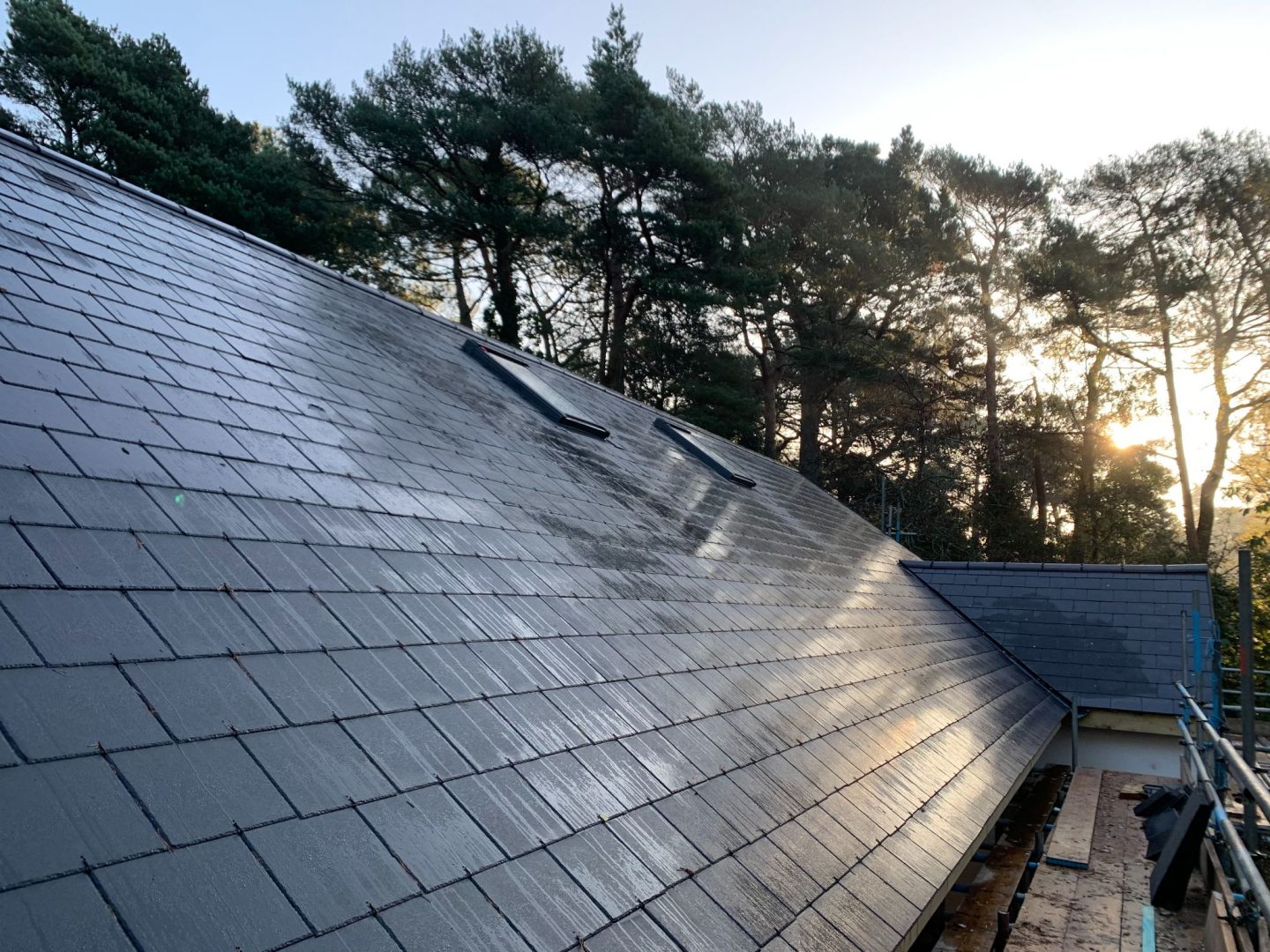Typical Roof Replacement Prices in the UK: A Guide for Householders
Typical Roof Replacement Prices in the UK: A Guide for Householders
Blog Article
Many UK homeowners are faced with a major home improvement task, especially when their roof is damaged or has become old. The UK's weather conditions, including frequent rain, strong winds, and occasional snowfall, put considerable stress on roofing materials. Over time, these elements can cause wear and tear, leading to leaks, structural damage, and even costly repairs. Some cases may require a complete roof replacement. It is important to understand the need for roof replacement, when it should be done, and the best way to do so. This will help you maintain the value, safety and comfort of your house.
The first step in any roof replacement project is understanding when a replacement is truly needed. Water stains, mould, broken tiles or sliding tiles are all common signs. Granules of shingles can also accumulate in gutters. Roofs older than 20-30 years are usually nearing their end-of-life, particularly if they have not been maintained regularly. A professional roofer will be best equipped to evaluate the roof's condition, but homeowners can do a visual check from the ground in order to spot any obvious problems. If unsure, booking a roof survey from a trusted local contractor can provide clarity and a detailed cost estimate. Early intervention can often prevent more expensive work such as structural strengthening or timber repair. A timely roof replacement can therefore save both money and stress in the long run.
Leaks are one of the clearest signs that your roof is in need of replacement. If you notice water stains on your ceiling or walls, or if water drips during heavy rainfall, this is often a clear indicator that the roof is compromised. Unresolved leaks may cause serious structural problems, such as damage to your interior, wooden beams, or insulation. If the leak persists, or the damage has spread, you may need to completely replace your roof. Another sign of roof deterioration is the appearance of missing or broken tiles or slates. These can be damaged or loosen over time due to exposure to the weather. Replacing them will help stop leaks and prevent further damage.
The cost of Typical roof replacement prices in the UK varies widely depending on several factors, including the size and complexity of the roof, the materials chosen, and the region in which the property is located. On average, replacing the roof on a standard three-bedroom house can cost between 5,000 and 12,000. Due to their complexity, properties with steeper slopes, dormer or multiple chimneys may have higher labor costs. It's important to get multiple quotes and compare not just the price but also what is included in the service. Roofers who are reputable should offer a written quote that includes the removal of your old roof and new material, as well as scaffolding and disposal of waste. Additionally, warranties for both materials and workmanship should be discussed to protect your investment. Although the initial costs might seem expensive, new roofing will improve energy efficiency, and increase resale values, so it is a good long-term investment. To find new details please head to Roofadvisor
It is important to select the best roofing material for your roof replacement that will suit both your aesthetic requirements and weather conditions. Slate and tile roofs in the UK are popular because of their longevity and durability. Flat roofs, however, are common in many modern structures or additions. Materials like rubber membrane or bitumen are often used for flat roofs, providing excellent waterproofing and insulation. While these materials can be cost-effective, they may not offer the same lifespan as traditional materials like slate or tile. Consult a roofer for the right choice, taking into account factors like budget, weather, and architectural style.
When replacing a UK roof, it is important to ensure that all work adheres to local building codes. Depending on the type of property and the extent of the work, you may need to apply for planning permission or building regulations approval before starting the replacement process. Some areas, such as conservation zones or listed buildings, have stricter regulations regarding materials and methods for replacing roofs. Working with a roofing contractor who understands these rules and regulations is crucial. They can make sure that all requirements are met. Failing to do so can result in fines or the need to undo the work and replace the roof with approved materials.